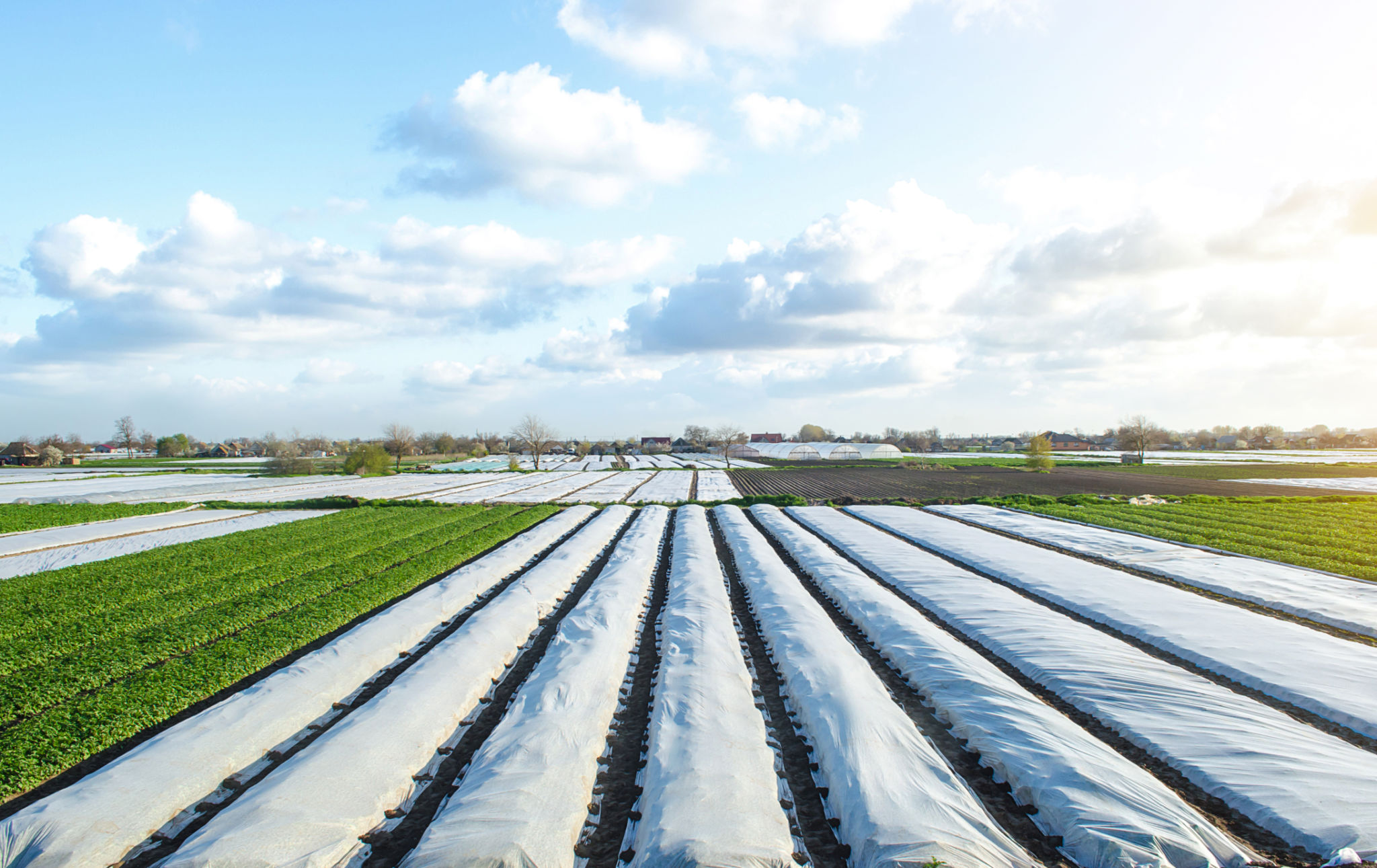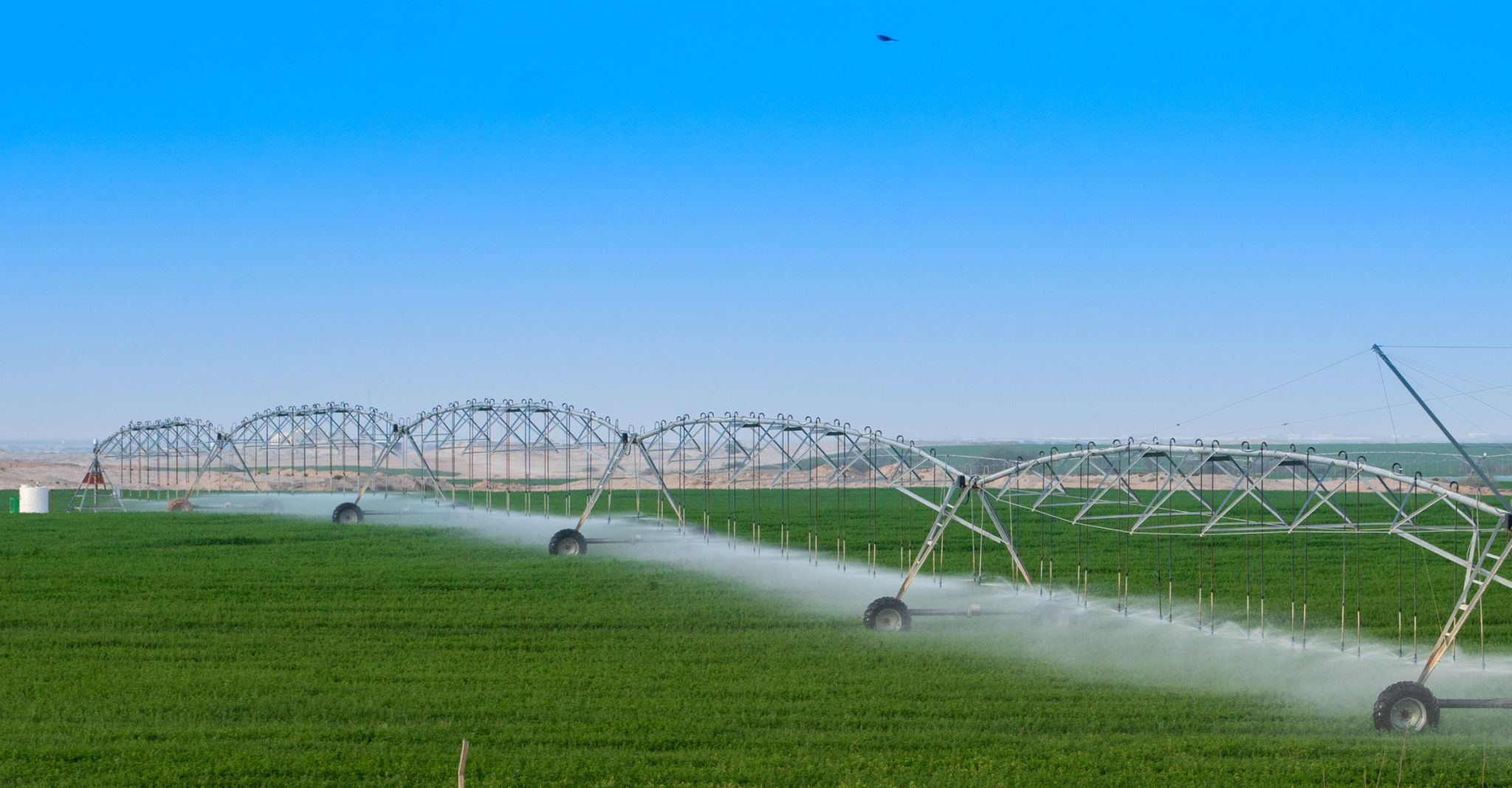Case Study: Successful Implementation of Floating Covers in Agriculture
Introduction to Floating Covers in Agriculture
In recent years, the agricultural industry has witnessed a surge in innovative practices aimed at increasing efficiency and sustainability. One such innovation is the use of floating covers. These covers provide a protective layer on water bodies, offering numerous benefits that are transforming agricultural practices worldwide.

What Are Floating Covers?
Floating covers are flexible, impermeable membranes that float on the surface of water bodies. They are designed to reduce evaporation, control odors, and minimize contamination. By covering ponds, reservoirs, and other water storage systems, floating covers help maintain water quality and availability, which is crucial for irrigation and livestock.
Advantages of Floating Covers
The implementation of floating covers offers several advantages that make them an attractive solution for farmers:
- Water Conservation: By reducing evaporation, floating covers help conserve water, especially in arid regions where every drop counts.
- Improved Water Quality: These covers prevent debris and contaminants from entering the water supply, ensuring cleaner water for crops and livestock.
- Cost Efficiency: With reduced water loss and improved quality, farmers can lower their operational costs over time.
Case Study: Successful Implementation
A notable case study comes from a farm in California, where the implementation of floating covers led to significant improvements in water management. Faced with drought conditions, the farm sought sustainable solutions to preserve its water resources without compromising crop yield.

Implementation Process
The farm initiated the project by assessing their existing water storage systems and identifying key areas where evaporation was highest. After a thorough evaluation, floating covers were installed on their irrigation reservoirs and livestock ponds. The installation process was straightforward, requiring minimal disruption to existing operations.
Results and Benefits
Within months of implementing the floating covers, the farm reported a 30% reduction in water evaporation. This conservation not only helped sustain their operations during drought conditions but also reduced their reliance on external water sources. Additionally, the improved water quality led to healthier crops and livestock, further enhancing productivity.
Challenges and Considerations
While the benefits are clear, there are challenges associated with the adoption of floating covers. Initial costs can be a barrier for small-scale farmers, although long-term savings often offset this investment. It is also crucial to select materials that are durable and resistant to environmental factors to ensure longevity.

Future Outlook
As environmental concerns continue to rise, the demand for sustainable agricultural practices is expected to grow. Floating covers represent a promising solution for water management in agriculture. With advancements in technology and increased awareness of their benefits, more farmers are likely to adopt this innovative approach in the coming years.
Conclusion
The successful implementation of floating covers in agriculture showcases their potential to revolutionize water management practices. By conserving water, improving quality, and reducing costs, these covers offer a viable path toward sustainable farming. As more case studies emerge, they provide valuable insights for others looking to implement similar strategies in their agricultural operations.
